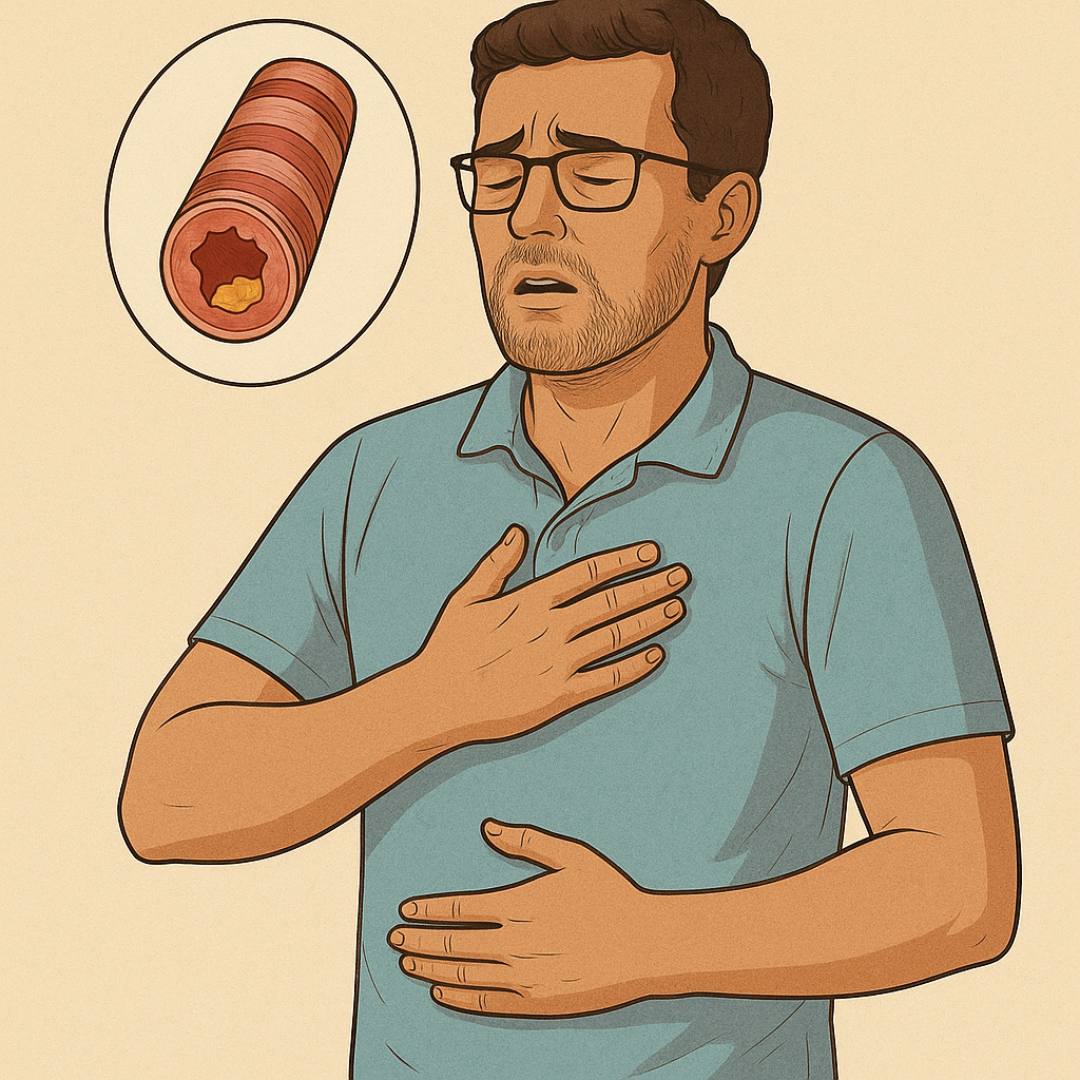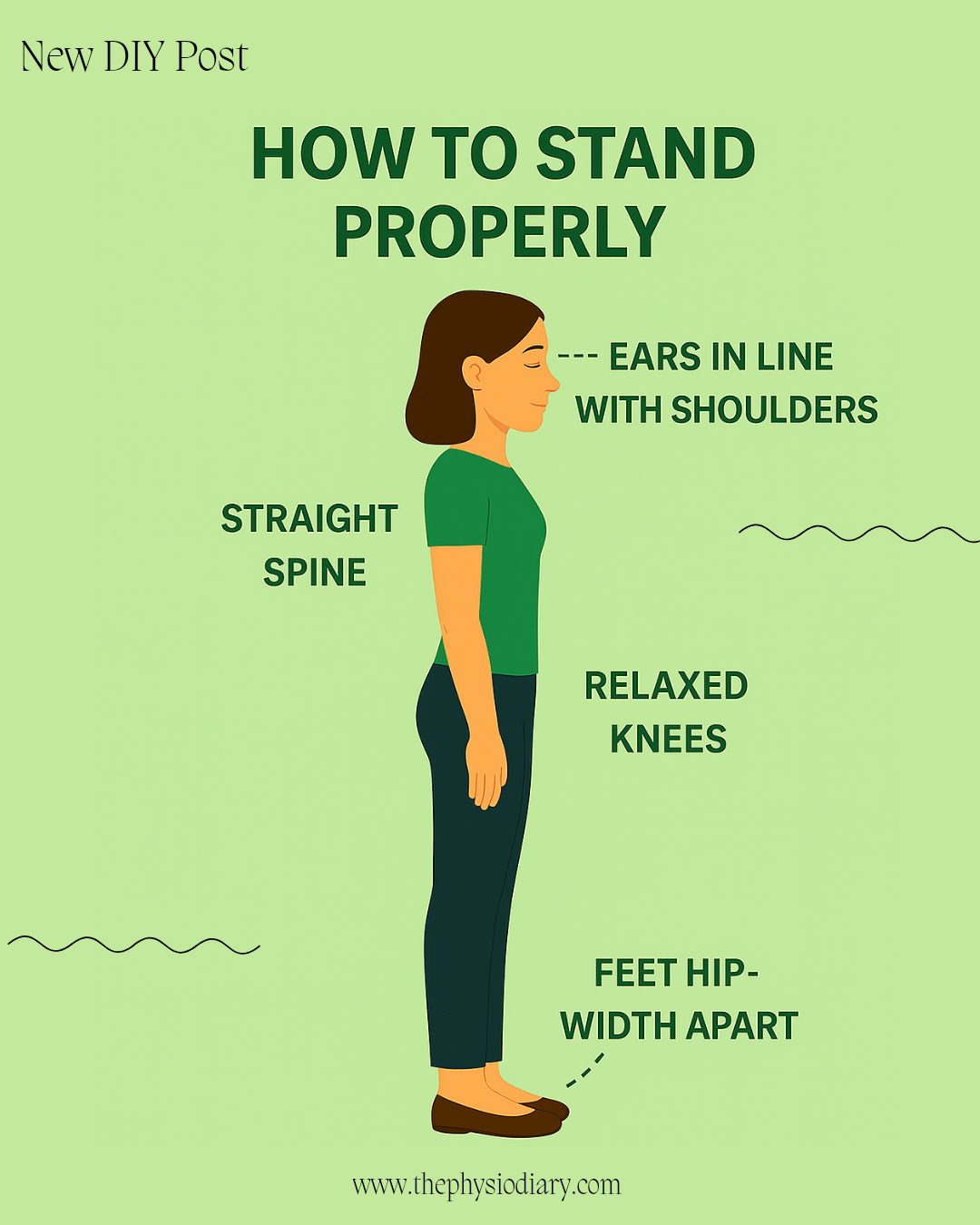Not Just Bones – How Physios Help You Breathe Easier with Asthma

Introduction It is a common belief—especially among non-physiotherapists—that physiotherapists only deal with bones and joints. While efforts are ongoing to change this notion, today's post on The Physio Diary introduces you to another vital service a physiotherapist can provide: helping individuals with asthma. Yes, you read that right — ASTHMA . Understanding Asthma You’ve probably heard of asthma but may not fully understand what happens in the body. Let’s break it down. In a person without asthma , the airways (tubes that carry air in and out of the lungs) are wide open, allowing air to flow freely. These airways normally produce a thin layer of mucus that helps trap dust, germs, and other particles. Tiny hairs called cilia then move the mucus upward and out of the lungs. Now, let’s contrast that with someone who has asthma. During an asthma attack , the person may experience tightness in the chest, wheezing, coughing, or shortness of breath . These symptoms are cau...


